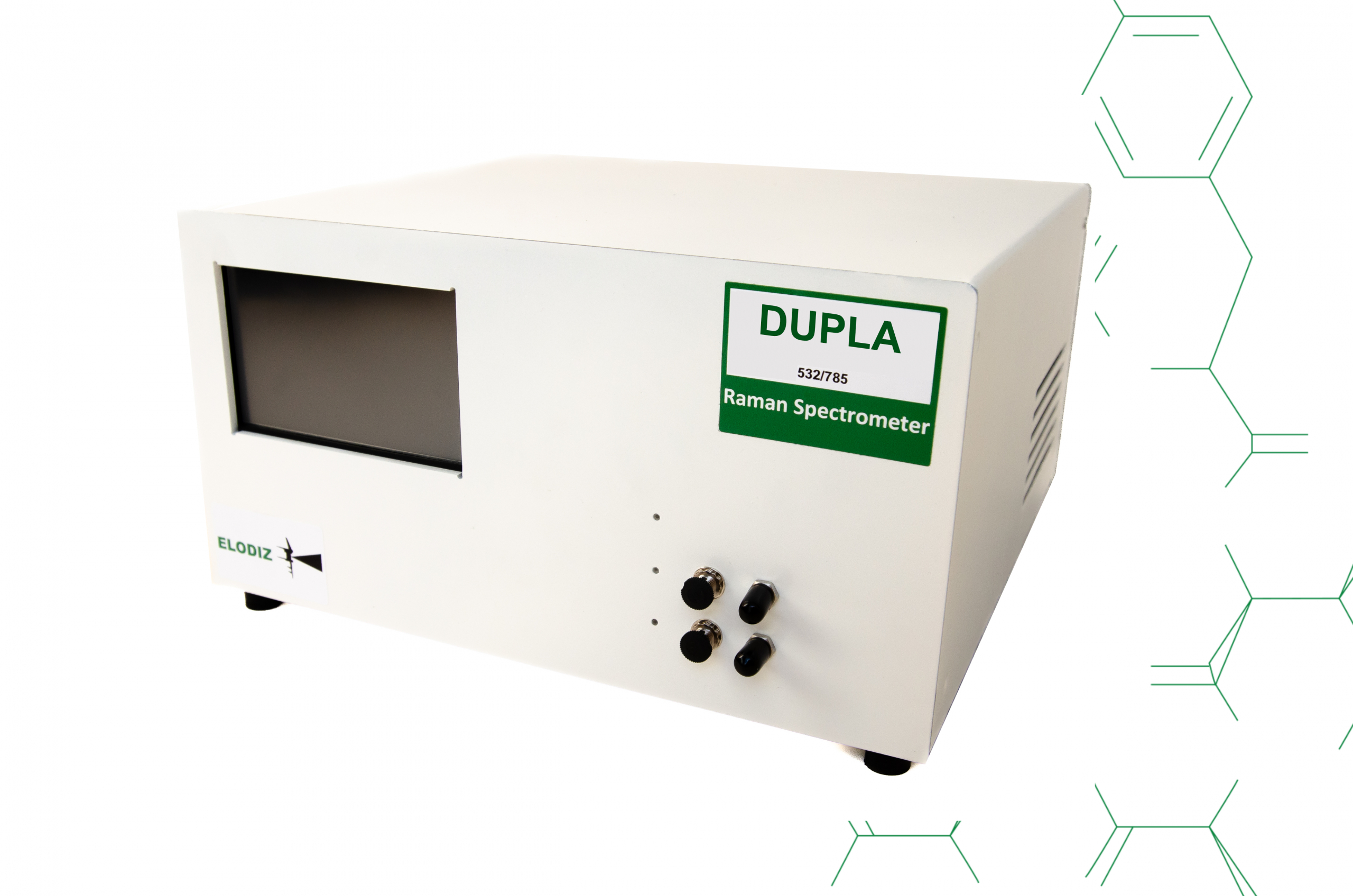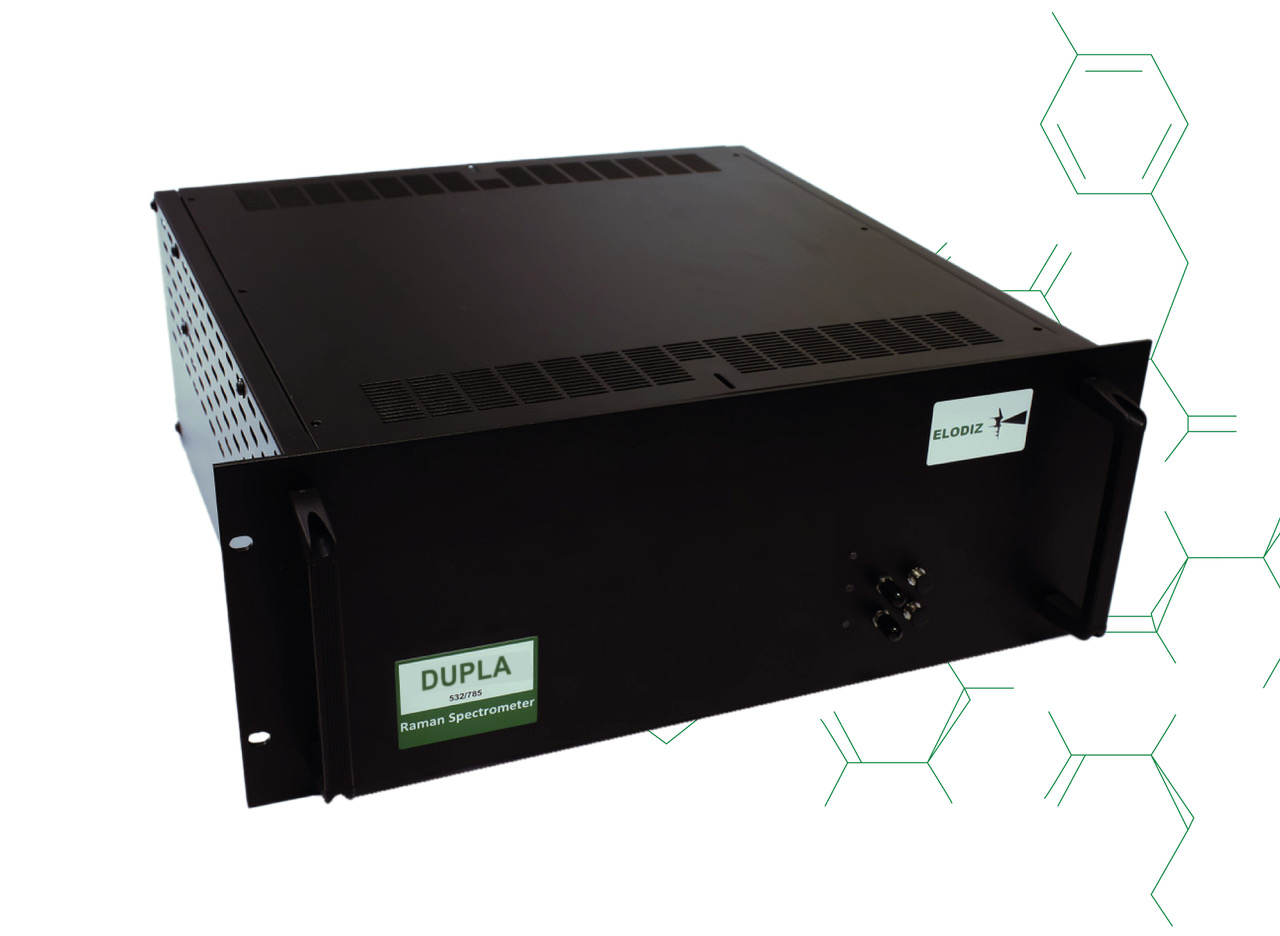Verification of Raman instrumentation is very important to ensure your system is at optimal performance and that your data can be easily compared and matched between devices (read more about it here). Calibration can have a strong impact on data used in publications and its further referencing. Such data must be accurate and contain no unintentional errors such as e.g. instrumental drift.
At ELODIZ we have analysed these problems and created a range of products that can help you verify your Raman data so it complies with international standards, is consistent, and ready for publication at any point in time.
Our materials for calibration cover the following standard reference samples as well as LED light sources you can read more about here.
Silicon
Can be used for laser zeroing. It provides a fine peak which has been precisely measured by many researchers and is in fact utilised by several Raman manufacturers. Assessment of this peak is the first step in checking for any alignment issues. Some level of deviation of the peak shape can occur due to the different dopants or surface morphology. To find out more about its benefits in Raman spectrometer calibration please go here.
Calcite
Is a material which features in ASTM – E2529 for assessing the resolution of your system. This sample is perfect for observing the effect that different objectives or gratings (which can be changed) have on your spectra.
Polystyrene
Is a material that features in ASTM – E1840, EU and US Pharmacopeia. It can be used for Raman shift calibration. With multiple peaks across the Raman spectrum, this material can be used to do a thorough check of your Raman x-axis calibration and allows for a comprehensive validation.
Together these three samples form a great set to allow Raman users understand their instrument and act on any deviations and discrepancies before they become serious.
For more information please contact us.




